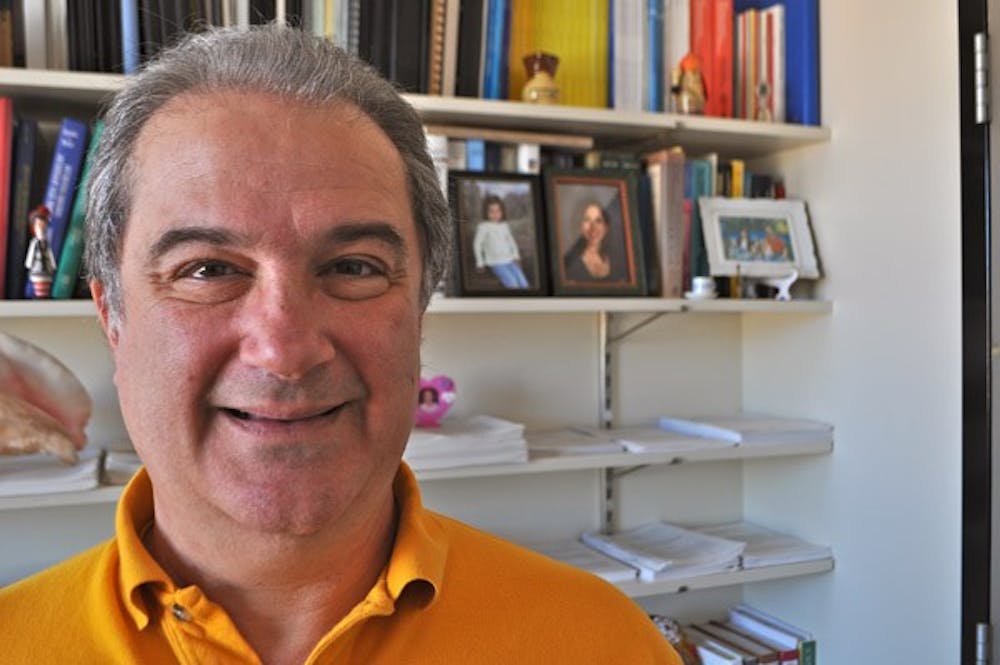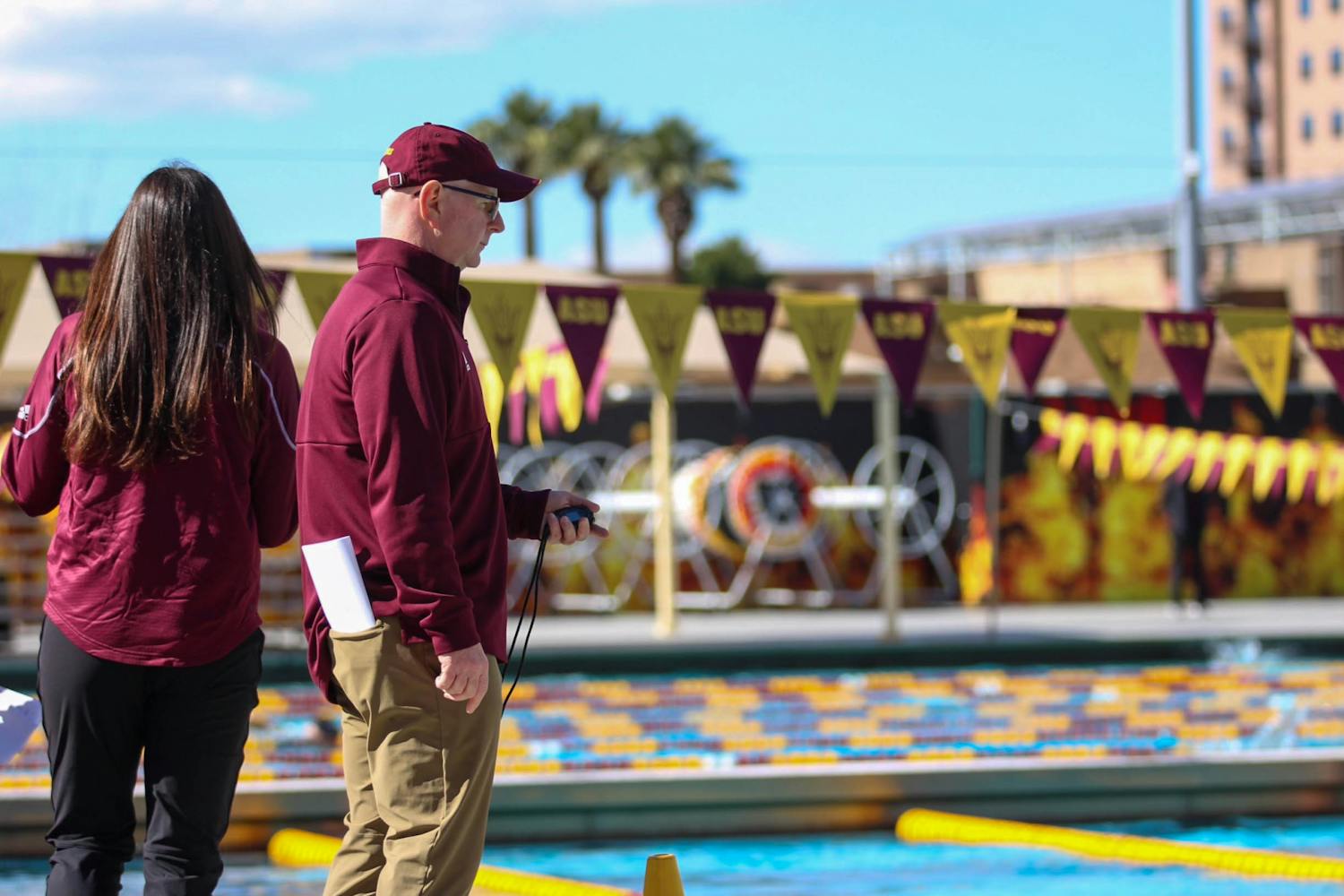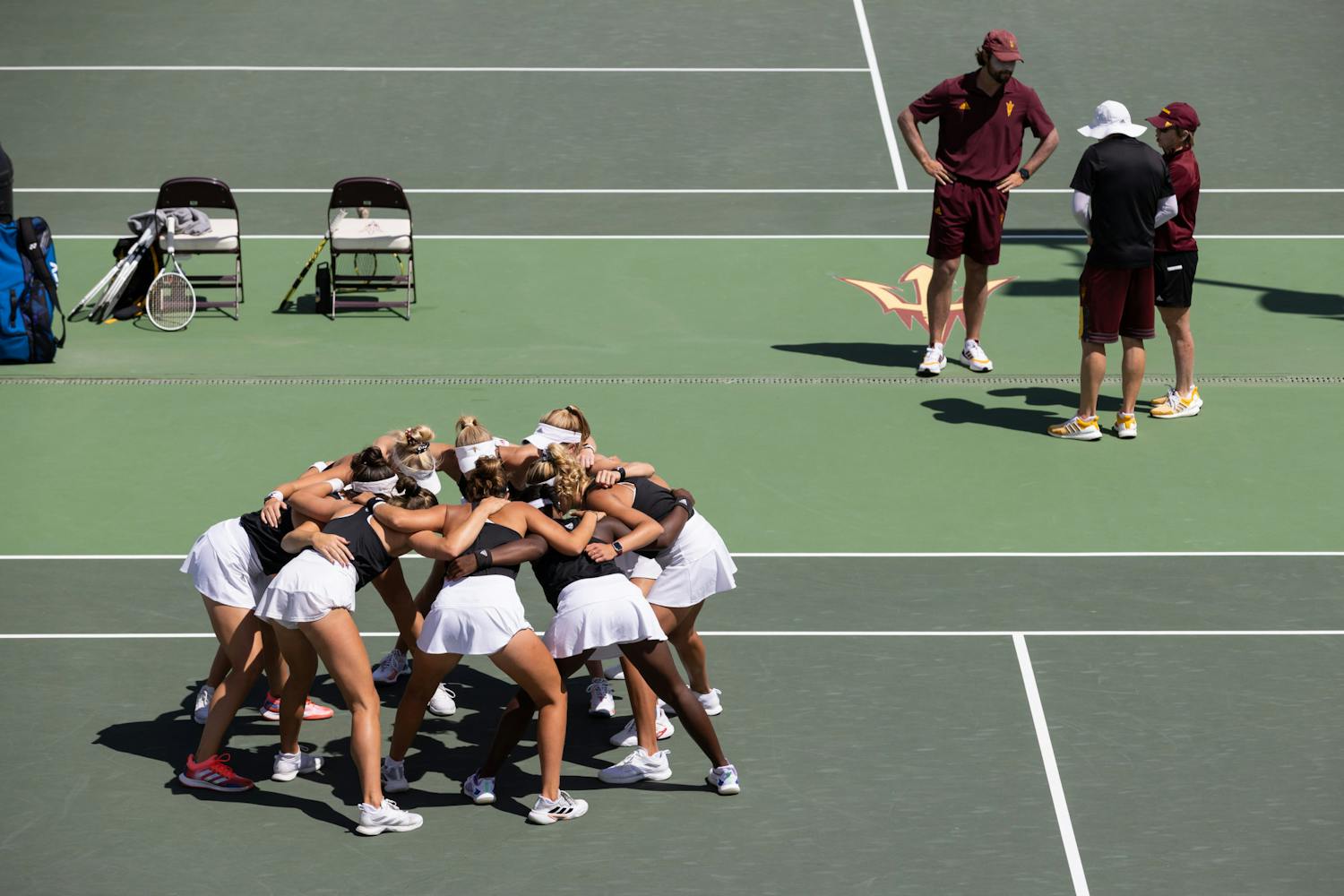ASU will launch a noncredit refresher course in August that uses “adaptive learning technology” to help incoming freshmen with low math placement exam scores.
Adaptive learning technology is a computer-based educational technology that adapts a course’s content to each student’s individual learning style as the student works through exercises.
The ASU course will be geared toward students whose scores fall below the required threshold needed to register for the University’s basic math courses.
Math is one of the major challenges for incoming students, said Kari Barlow, assistant vice president at ASU Online.
“Adaptive learning is a spectacular way to approach this [challenge] because students in high school … come with different sets of skills,” Barlow said.
This will be ASU’s first attempt to offer an “adaptive learning experience” to students, Barlow said.
“Students can focus on the areas where they’re deficient and not be bogged down in the stuff that they already know,” she added.
This pilot technology will allow students to avoid having to take a 15-week class without credit where the student has oftentimes already mastered three-quarters of the material, Barlow said.
ASU Online and the School of Mathematical and Statistical Sciences have a partnership with Knewton, a company that specializes in online learning programs and adaptive learning technology, to produce this refresher course.
The algorithm used in the technology can not only identify where a student needs more practice, for example, in geometry or algebra, but can also determine what style of learning gives the best results, said David Liu, Knewton’s chief operating officer. It can even determine what time of day is optimal for the student to learn, he added.
“It really is a breakthrough,” Liu said. “We’ve been fed a lot of fancy talk about education ... and all we’ve mostly seen is people put stuff online.”
Knewton’s adaptive learning technology continually mines the data revealed during an online session to understand how a student learns and then delivers course content in a way that helps the student learn best, Liu said.
Knewton can do this because of its focus on data-mining and adaptive learning, Liu said.
Based on a student’s learning activities, the program tags and breaks down all levels of learning content to their most basic units, creating a rich data set for its algorithm to drill down into, Liu added.
The program then formulates course content based on each student’s unique learning style.
Professor Fabio Milner, director of mathematics for STEM Education at ASU, has been personally involved in working with Knewton to create the math refresher course. He believes that if it is successful, Knewton’s adaptive learning technology could be integrated into future math courses.
Knewton is a “very nice looking possibility … for the way to deliver the math courses for all students, not just the online ones,” Milner said.
He added that next fall some traditional math courses will be delivered entirely online, but in a computer lab on campus with faculty and instructional assistants available to assist students.
This hybrid of both online and on-campus instruction, if combined with adaptive learning technology, could allow faster progress for some students while still providing more time to others who need it, Milner said.
The only downside to adaptive learning technology may be that once the system knows the student’s peak performance time period, it may require him to study at the same time everyday, Milner said with a laugh.
Reach the reporter at cbleone@asu.edu





